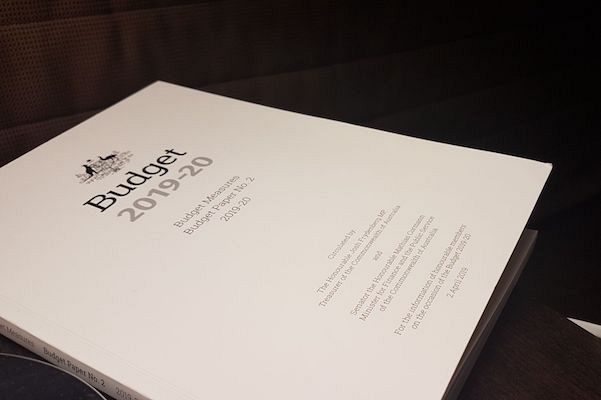Women in sport are among the winners in last night’s federal budget.
The budget included a $150 million allocation to remove barriers that limit female participation in sport, including the upgrade community swimming facilities.
While female participation rates have increased over the past year, the Australian Government hopes to see the numbers continue to grow.
Australian Sports Foundation National Sales and Partnerships Director Ryan Holloway said the budget money should be enough to upgrade women’s facilities across the country.
“There’s a real lack of women’s facilities and change rooms, particularly in football codes with a higher male participation rate,” Holloway said.
“It’s critical for women to participate in sport to continue its growth in this country. We boast some of the best female athletes in the world.
“Any dollar into sport is a good dollar”.
While various local sports clubs are expected to benefit from the planned upgrades, the budget included a further $12 million to help women take part in grassroots tennis.
The National AusPlay Survey last year recorded over 345,000 women participating in tennis, the second highest participation rates for a sport outside of walking, jogging, pilates/yoga and netball.
The budget funding is separate to the Community Sports Infrastructure and Sporting Schools programmes, which aim to increase female participation in community sport.
Deputy Prime Minister Michael McCormack and Minister for Sport Bridget McKenzie said in a joint statement Australians will ultimately benefit from a sport plan aimed at promotion and rejuvenation.
“In sport we are implementing Australia’s national sport plan – Sport 2030 – to re-energise sport at all levels, from grassroots through to elite, in country and city, including more community-led sport and physical activity facilities,” the ministers said.
“Australians will benefit from a range of sport and physical activity programs aimed at getting Australians moving more often and restoring Australia as a world leader in elite sport.”
Illawarra Health Centre member Grace Jennings said a portion of the spending should be invested in decreasing the gap between female and male representation in sport.
“There are still many sporting codes where the members, coaches and executives are predominantly male, this can make it an intimidating space for women and girls,” Jennings said.
“This money can best be spent on creating more women and girls specific programs to develop a community of sporting women, who can access more sporting codes.
“Social isolation is a big problem for women throughout different times in their lives meaning sport is a really effective way to build relationships with others and feel connected to a community.”


